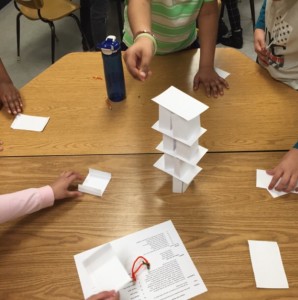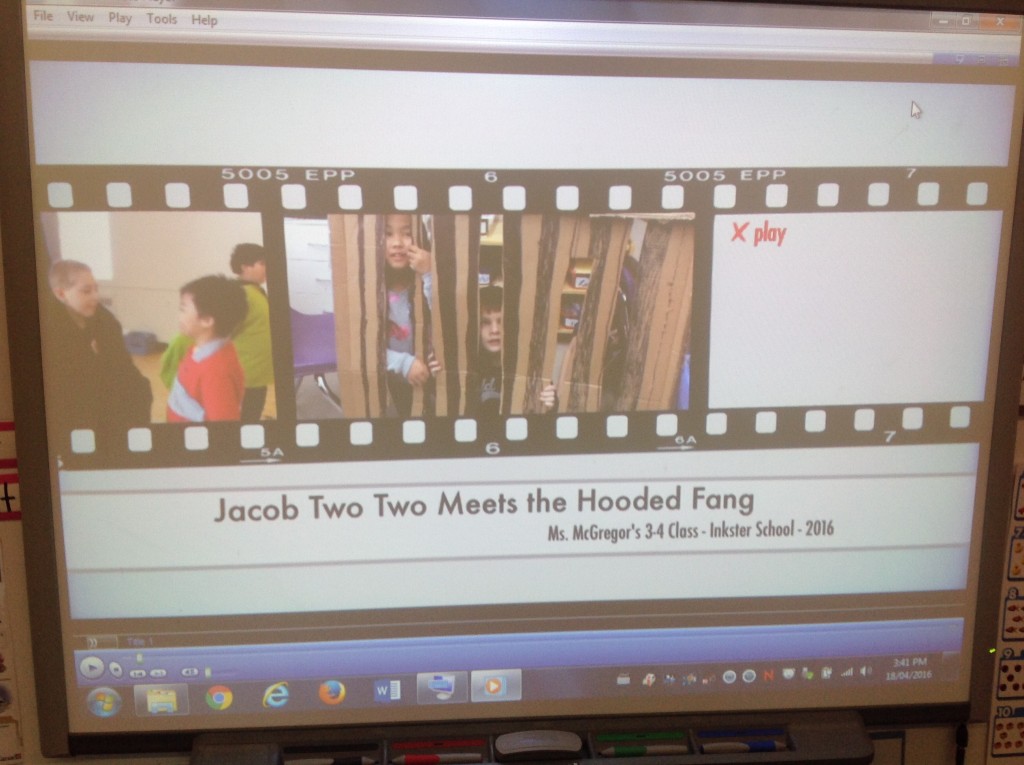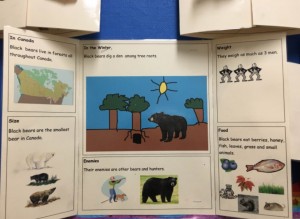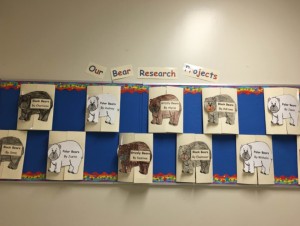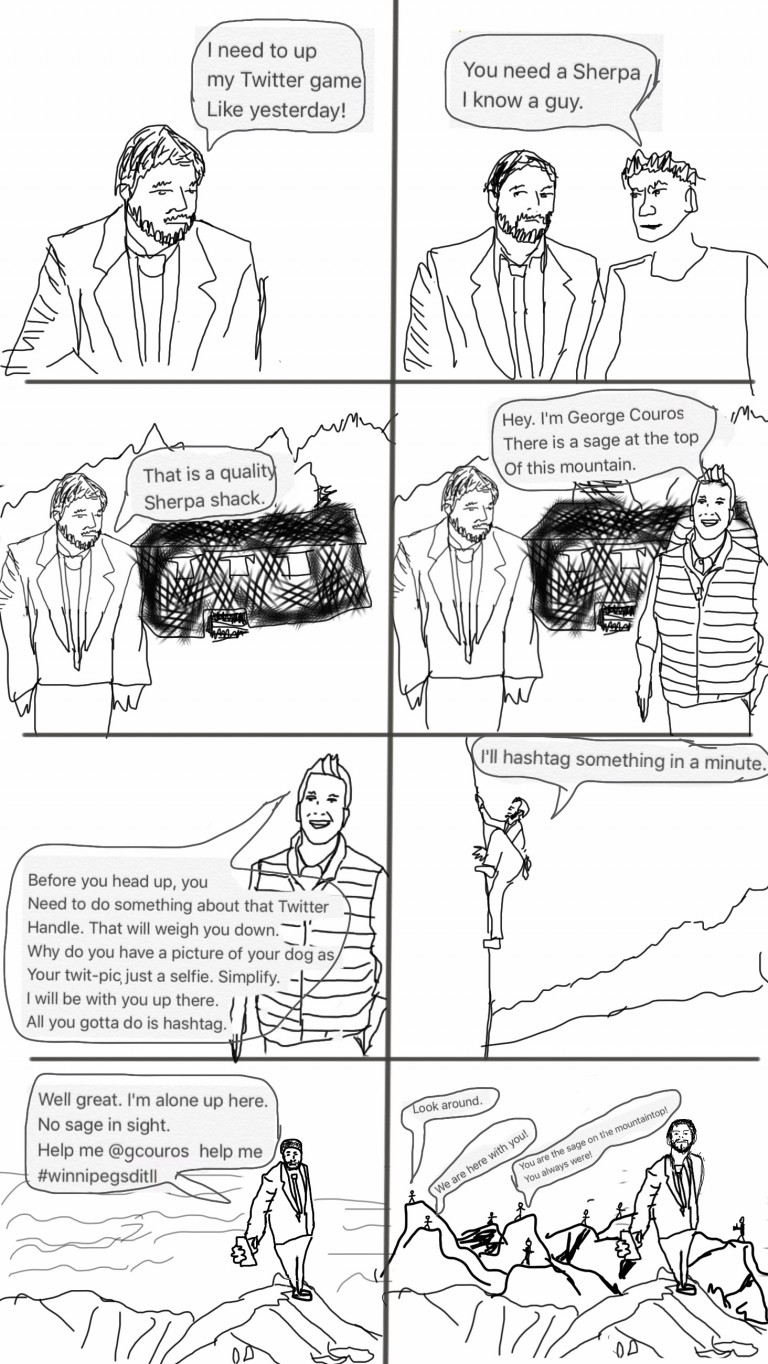After the first session with George Couros, I learned about how powerful and useful technology can be with regard to innovation. I was also excited to open my own Twitter account and have been using it regularly to connect with educators around our division as well as the world. I have made a few comments but I am mostly just doing a lot of “retweeting”. As someone who has never communicated with others on social media, I am finding it exciting when people message me or comment that they appreciated my “like”. I am also amazed at how much I am able to learn from other colleagues in the mental health field with just a few clicks on my phone. I now feel inspired to find different ways to use technology and innovative practices with the students I support that are dealing with a variety of mental health disorders.
On page 21 of his book The Innovator’s Mindset George comments that it is important to create a teaching environment that is “best for this learner”. I agree that we have to think about the future of each of our students and what type of education is going to serve them the best to achieve their goals and be successful even when there are difficult obstacles to overcome. We need to develop as many of the positive characteristics he suggests of an Innovator’s Mindset in order to create new and exciting learning environments for all of our students.
The comments below from the families I work with describe the challenges that some students face every day going into a building where they don’t feel connected to staff or able to succeed in the classroom.
“She wants to leave school and stay in her bed all the time”
“She doesn’t feel like she belongs at school”
“He has gotten into a rut about not attending school”
“She wants the teachers to understand the accommodations she requires to succeed at school”
“Sometimes she is just too much and tiring for them to handle at the school”
An empathetic and observant teacher recognizes the individual needs of all his/her students and strives to find ways for them to feel connected to their learning. This is not an easy process but the educators that are able to do this are responsible for some of the positive comments I hear from families and schools.
“He smiles more and seems more engaged”
“She is going to school every day and doing well”
“Right now he is firing on a lot of good cylinders”
“Many of the teachers are understanding of her situation”
“She is flourishing in the Technology Program”
I look forward to the upcoming sessions where I can continue my journey of learning and develop an “innovator’s mindset” with the hopes that it will help me empower the students and families on my caseload.
Laura Ateah, ISS Support Teacher, Child and Adolescent Mental Health, HSC.
Cluster Group 1871


